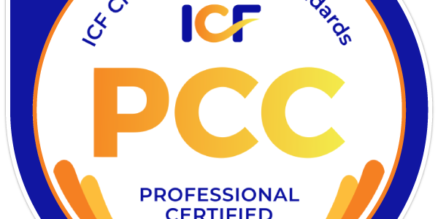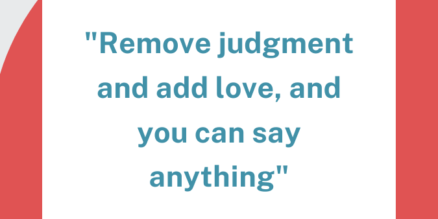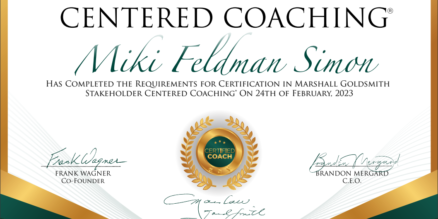I am excited to share that I have recently achieved my ICF (International Coaching Federation) PCC (Professional Certified Coach) level certification. This is another milestone in my coaching journey.
In the unregulated coaching industry, certification plays a vital role in establishing credibility and demonstrating professionalism.
Obtaining a reputable certification, such as the ICF PCC, provides clients and organizations with the confidence that I have met rigorous standards and adhere to ethical guidelines.
The journey towards my PCC certification involved a comprehensive process that included 500+ hours of coaching, mentorship, submitting session recordings, and passing an exam. I am incredibly grateful for the guidance and support I received from my mentor, Diana Ideus. Her patience and expertise were invaluable in helping me navigate the certification requirements and grow as a coach. I also want to express my gratitude to the coaching clients who joined me on this journey. You know who you are! Your willingness to participate and trust in my coaching has contributed immensely to my development.
As an experienced professional, my clients often hire me as an executive coach to also benefit from my knowledge and insights. Sharing best practices and lessons learned has been an essential part of our coaching relationship and has proven to be highly effective in accelerating their growth.
Under the ICF coaching principles, sharing knowledge and expertise is frowned upon. As a result, I really contemplated whether to pursue the ICF PCC certification.
In both our personal and professional lives, there are moments when we find ourselves faced with decisions that we don’t fully agree with, sometimes it is our decisions, sometimes it is others. I made the decision to do the certification because organizations often use ICF credentials as an initial filter when selecting coaches.
Once the decision was made it was all about alignment.
It was helpful for me to acknowledge that alignment does not mean compromising my beliefs or relinquishing my personal values but rather recognizing and emphasizing the reasoning and perspective of the ICF for creating the guidelines and embracing a growth mindset to learn and grow from the journey.
As part of the certification, I submitted recordings of coaching sessions using the ICF guidelines. I worked with clients where we agreed in advance to work under these guidelines. My coaching mindset needed to shift for these sessions, and it wasn’t always easy. I am glad I embraced this journey. I have learnt from it, and have become a better coach.
I am proud to be part of a community of ICF certified coaches who strive to uphold the highest standards in the industry. I am excited to continue making a positive impact on the lives of my clients and contributing to the growth and success of the coaching profession.
Are you working on a new certification/program? Learning a new theory/methodology/framework?









